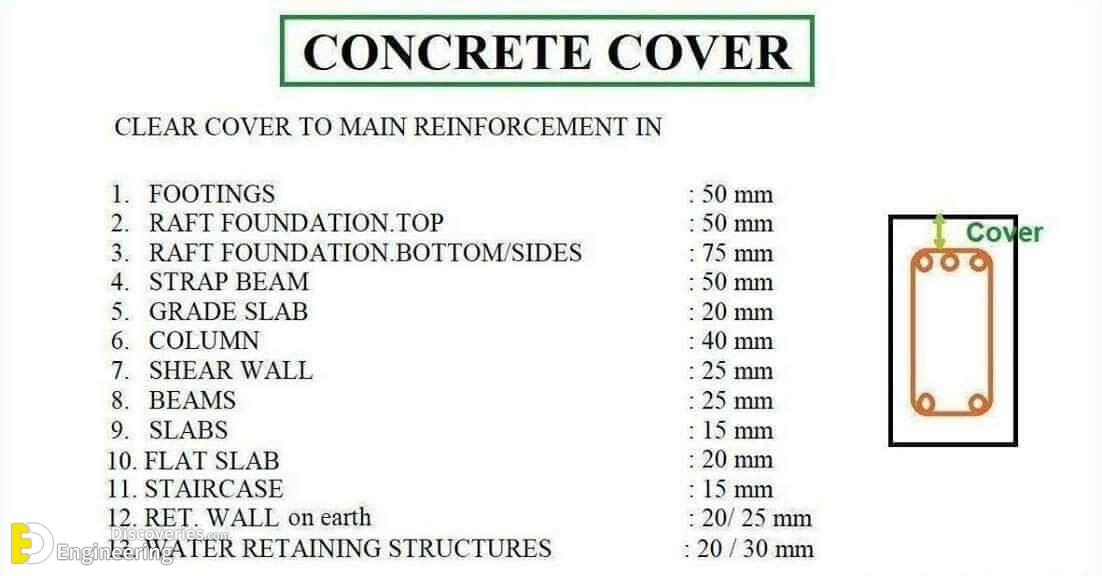Reinforcement covering
The reinforcement covering is required for the following reasons:
1- Protection of reinforcement from corrosion (rusting).
2- The need for adequate adhesion between steel and concrete.
3- Fire protection: the concrete that covers reinforcement protects it from deformations caused by the development of high temperatures due to fire in the building.
4- The need to create cable and pipe channels without harming the reinforcement
Slabs lower reinforcement cover
The minimum required cover thickness for slab reinforcement usually ranges between 20 and 30 mm depending on the environmental conditions present throughout the building’s service life. The 20 mm would apply to a dry climate and the 30 mm to a seaside location. The required cover is maintained only with the use of special stands called spacers. These must not be affected by corrosion and should be placed approximately every 1.00 m.
The simplest solution for providing the necessary cover thickness of the reinforcement is special plastic underlayers like the ones shown in the above figure. Usage of steel rebar spacers is forbidden as they are highly susceptible to corrosion.






















